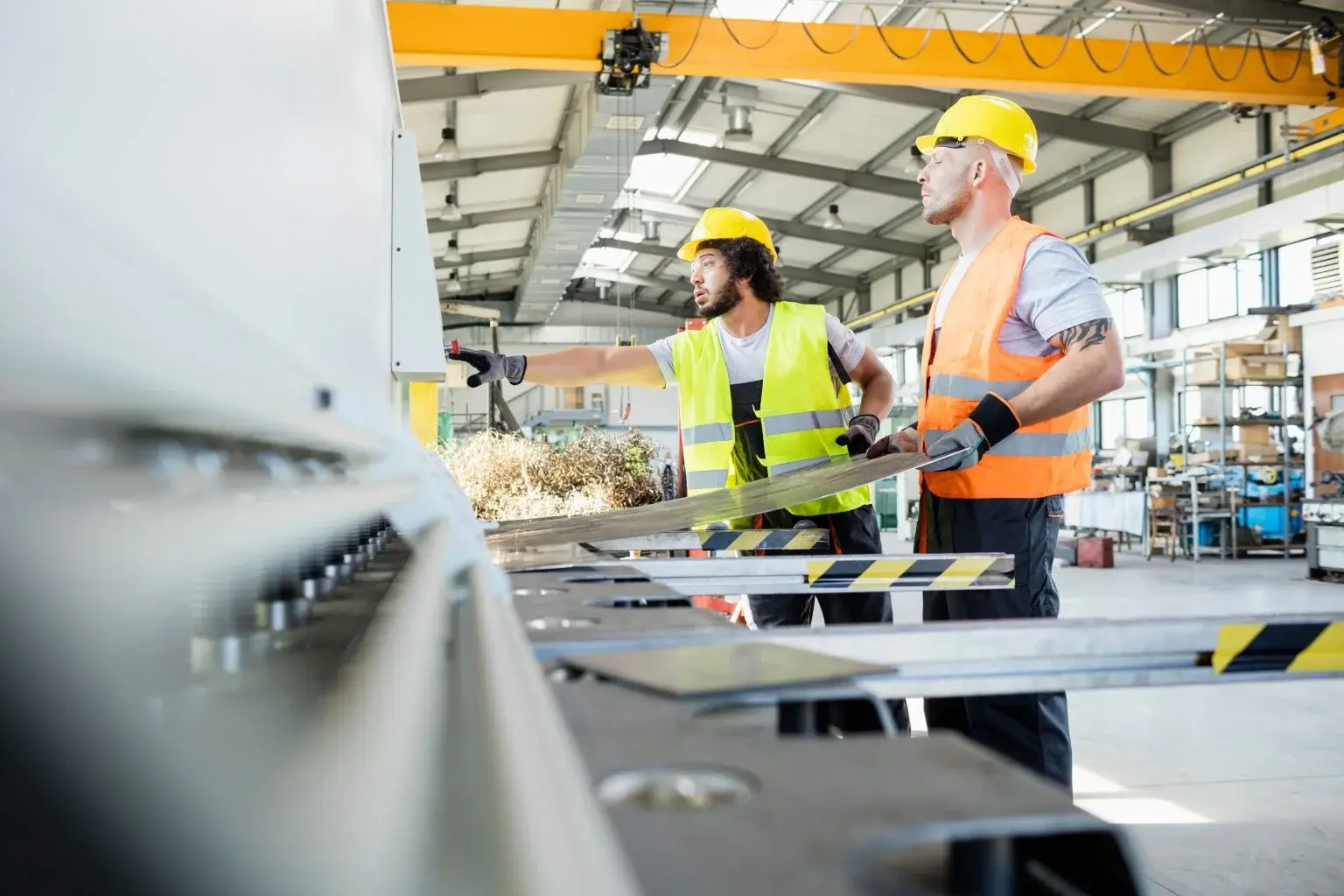Reducing energy use in nurseries and day care without disruption
You feel the squeeze every month. Heating needs to stay on, rooms must stay cosy, meals need cooking and laundry never stops. Children come first,...
3 min read
 Stephanie Beadling
Jul 30, 2025 9:37:00 AM
Stephanie Beadling
Jul 30, 2025 9:37:00 AM

For manufacturers, energy consumption is a constant challenge. With hefty bills cutting into margins, every kilowatt saved makes a difference. Voltage optimisation might just be the key to those savings, helping businesses not only cut costs but also extend the life of their equipment, reduce waste, and contribute to sustainability goals. And it’s all done quietly in the background, without demanding constant attention.
Voltage optimisation works by regulating the power supply that enters your building. Think of it as a filter. The energy coming into your premises is often supplied at a higher voltage than necessary – typically above 240 volts, while most electrical equipment in the UK only requires around 220 volts to function efficiently.
That extra voltage doesn’t translate into better performance. Instead, it results in unnecessary energy consumption, overheating, and wear on your equipment. This is where voltage optimisation steps in. By reducing the incoming voltage to the optimal level for your machinery, it ensures that everything runs efficiently, using only the energy that’s needed. And when you’re not wasting energy, you’re saving money.
Once installed, a voltage optimiser will lower the voltage supplied to your equipment without impacting its performance. You won’t notice any changes in how your machinery operates, but you will notice a difference in your energy bills. It’s a bit like tuning a radio to the perfect station, removing the static so you hear only the music. Voltage optimisation fine-tunes your power supply, reducing energy waste and ensuring everything works smoothly.
Voltage optimisation is a solution that delivers a range of advantages for manufacturers, all working together to improve efficiency and reduce costs. Let’s explore the benefits:
This isn’t just theoretical. Voltage optimisation has already been implemented in more than 20,000 locations across the UK, including big names like Kellogg’s, IKEA, and ASDA. These businesses have seen the tangible benefits of optimising their power supply, from reduced bills to extended equipment lifespans.
For a manufacturer, where margins can be thin, the return on investment is rapid. Most businesses see a full return within 18 months, thanks to the significant savings on their energy bills. After that, it’s all about ongoing savings and improved operational efficiency.
If you’re wondering whether voltage optimisation could work for your business, the first step is to test your current voltage levels. This will show you if your incoming power is higher than what’s necessary, which could be leading to unnecessary energy consumption and wear on your equipment.
At Troo, we offer a free tool called Troo Volt. This simple plug-in device measures the voltage at your sockets, giving you an accurate reading of what’s coming into your building. It’s easy to use and provides clear data on whether voltage optimisation could be beneficial for your operation.
Want to know more? Click through for a detailed look at how the tool works and how it can help you make informed decisions about your energy use.

You feel the squeeze every month. Heating needs to stay on, rooms must stay cosy, meals need cooking and laundry never stops. Children come first,...

You juggle safety, warmth, happy faces, staff rotas and a budget that never stretches quite far enough. Energy prices and parent expectations haven’t...

Long hours, temperature-sensitive spaces and constant pressure on service can leave energy low on the to do list. Still, when comfort slips, guests...